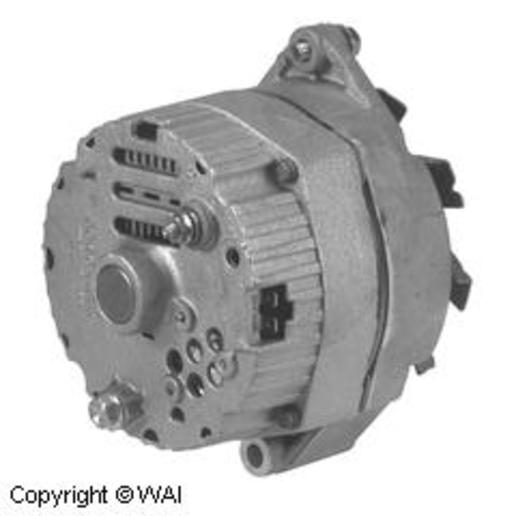Anonymous-0
Well-known Member
Hey all, i am still trying to get this new farmall figured out. First off, i just painted it and everything and then it wouldnt start. So i charged the battery, fired right up and ran strong all was good then i ran it maybe an hour. Then i shut it off and tried starting it about 15 minutes later and it just barely rolled over and then stopped. Is that battery or alternator? Also, radiator seemed pretty low so i topped it off, now when im at full throttle it drips out of the overflow. Did i just fill it up too much? And last question, what kind of oil pressure do these things run? I have right at about 50lbs cold at full throttle. Is that too much? It does blow out some puffs of grey smoke at idle especially when cold. Could i have a stuck ring? Sorry for all the questions but thanks in advance!



